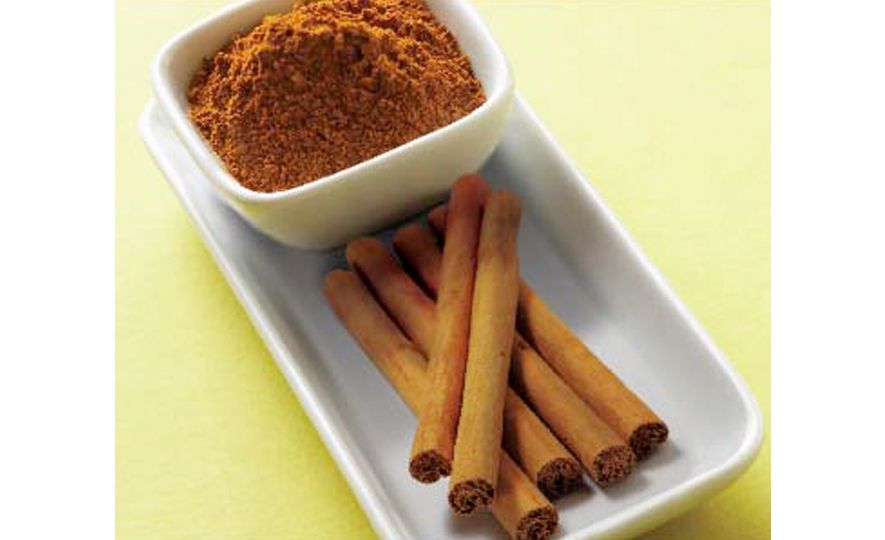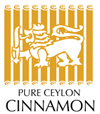
The first records on sweet cinnamon or Pure Ceylon Cinnamon in History appears in the Hebrew Bible as an essential ingredient in consecrated incense and even the new testament mentions cinnamon’s fragrance in proverb 7:17, “I have sprinkled my bed with myrrh, aloes and cinnamon “.
Despite the lack of written records, ancient Egyptians had used cinnamon as a preservative in cooking, embalming and as an important ingredient in medicine since 2000 BC. Conquering Romans too got hooked on to cinnamon for their medicinal and culinary values and were leading cinnamon buyers in the ancient world.
According to Roman records, Emperor Nero has burned a year’s stock of cinnamon at his second wife’s pyre as atonement for his share in her death, although Ceylon Cinnamon was never a disposable ingredient to Romans, who were mystified by the origin of such a versatile ingredient.
The delicate golden coloured cigar shaped rolls of the Pure Ceylon cinnamon has been the toast of the civilisations across the globe since Arabian traders introduced the aromatic, sweet and strong spice to the European nation and maintained a monopoly of Ceylon cinnamon and pepper across the globe, until the Portuguese decided to take matters into their hands by conquering the tiny island of Sri Lanka and the control of the spice of life.
According to Roman and Greek records, the Arabian merchants, who transported cinnamon to Europe through a difficult land path developed a web of tall tales around Ceylon cinnamon to wade off competition.
While some claimed that cinnamon is picked by unreachable terrain by large eagles like cinnamon birds to build their nests, others held that the source of cinnamon was guarded by none other than poisonous snakes. It was these fables that led to Roman philosopher, Pliny, the elder to claim that ‘cinnamon originated in Ethiopia and was transported to Europe on rafts with no oars or sails powered by men alone and his courage’.
Sri Lanka as the source of world’s finest cinnamon was hardly mentioned in global records until the late 13th century, when it was reported in an Arabic chronicle named, Monument of Places and History of God’s Bondsmen.
According to the chronicle, Ceylon Cinnamon has been purchased and transported by Moor merchants from Indonesia to East Africa and then was transported to Europe by local merchants, who were mostly unaware of the exact location of Sri Lanka, making the destination of the most valuable spice of the time, a well kept secret.
However, the rising demand for cinnamon in Europe accelerated the search for the secret destination of cinnamon with Spaniards searching in new found America and Portuguese setting sail towards Africa.
It was a mere twist of fate, that brought Portuguese to the shores of Sri Lanka, when a storm at sea blew a Portuguese Fleet commanded by Louren?o De Almeida to the shores of Sri Lanka, in 1505. The Portuguese found the country to be strategically lucrative to seafaring and soon realised that they have finally discovered the secret source of best cinnamon in the world.
Making use of the volatile political situation in Sri Lanka, Portuguese took control of the cinnamon trade of the country, ending the cinnamon monopoly run by the Moor merchants for centuries and building a Fort in Colombo to provide security and control the spice trade.
The Portuguese, seeking to maximise the cinnamon profits imposed strict regulations on cinnamon cultivators and peeler, making the destruction or poor management of cinnamon groves a crime punishable by death.
However, the ruling King of Ceylon at the time soon found out that the Portuguese were robbing him of the much valued spice income and joined hands with the eager Dutch to clear the island of the Portuguese. The Dutch after defeating the Portuguese took complete control of the cinnamon and spice exports and encouraged the plantation of cinnamon along the coastal belt, giving boost to a cinnamon based economy in area like Colombo, Kalutara and Negombo.
Cultivation of cinnamon also paved way to improvement in infrastructure and transportation and most of the lakes and roads built by Dutch were built to facilitate the efficient transfer of cinnamon to the trading ports.
Yet the Dutch too failed to keep Sri Lankan and its’ precious cinnamon all to themselves and soon were ousted by the British, who took control of the country’s rising cinnamon exports and developed it into an economy worth millions.
After changing hands again, Pure Ceylon Cinnamon is in the hands of the local cinnamon exporters and suppliers today, but its quality and the connection with various cultures and nations across the globe continues into the future.
